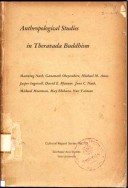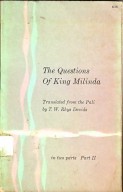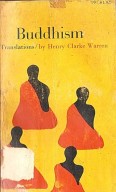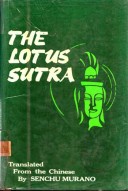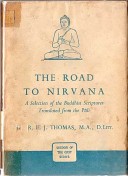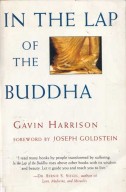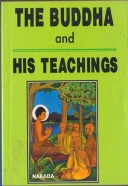Tìm Sách
Sách tiếng Anh-English >> Anthropological Studies In Theravada Buddhism
Thông tin tra cứu
- Tên sách : Anthropological Studies In Theravada Buddhism
- Tác giả : Manning Nash
- Dịch giả :
- Ngôn ngữ : Anh
- Số trang : 223
- Nhà xuất bản : The Cellar Bookshop Detroit Michigan - USA
- Năm xuất bản : 1966
- Phân loại : Sách tiếng Anh-English
- MCB : 12010000002852
- OPAC :
- Tóm tắt :
ANTHROPOLOGICAL STUDIES IN THERAVADA BUDDHISM
Manning Nash, Gananth Obeyesekerem Michael M, Ames
Southest Asia Studies
Yale University
INTRODUCTION
These nine papers by anthropologists are the products of recent fieldwork among the people of Southeast Asia and were written at the request of Dr. Nur Yalman and myself, who convened a conference on Theravada Buddhism at the University of Chicago. These two features of the papers – their origin in recent anthropological fieldwork and their adaptation an assigned topic in the wide field of Buddhism in Southeast Asia – explain both the title and the contents of the volume.
As studies by anthropologists, they carry some of the distinguishing feature of modern theory and research in social and cultural anthology; as studies on Buddhism they confront an established tradition of historical and textual scholarship; and as studies of the relations of religion and society they explore and venture into a large region of philosophical uncertainty. Three major canons of contemporary field research are exemplified here. First, the basic is the writer`s own observations, made during a protracted residence among the people reported on. The immediacy, the richness of detail, the careful attention to informant and observer bias in these reports all stem from the anthropological dedication to firsthand fact and observation. The second, growing out of the first, is that the reports are on bounded, named, and real societies or social systems. The papers deal with aspects of Buddhism in a village in Burma, or a region in Ceylon, or a segment of the Cambodian peasantry, or a quasi-tribal people in northern Thailand. Where in order anthropological writings description and analysis of the bounded, located social system observed and reported by the fieldworker himself had usually sufficed, these papers exemplify the shift from the study of tribal to peasant peoples. All the authors show an awareness of the fact that their unit of study forms but part of a large social and cultural system. One of the repeated themes in this volume is the attempt to take systematic account of the “part-whole” problem which arises in the study of civilizations and their peasantries…
CONTENTS
Publisher`s Note
Acknowledgment
Introduction
The Buddhist Pantheon in Ceylon and its Extensions
Ritual Prestations and the Structure of the Sinhalese Pantheon
The priest role in central Village Thailand
The Buddhist Monk in Rural Burmese Society
Ritual and Ceremonial Cycle in Upper Burma
Living with Nats: An Analysis of Animism in Burman Village Social Relations
Ban Ping`s Temple: The Center of a “Loosely Structured” Society
Interrelations between Buddhism and Social Systems in Cambodian Peasant Culture
Dual Organization in Central Ceylon
A note on the Glossary
Glossary of Religious Terms
LIST OF MAPS AND CHARTS
Simplified Diagram of the Rambadeniya Pantheon
Main Center of Pilgrimage in Ceylon
Ritual Cycle of two villages in Upper Burma
Seating Pattern in Vihara during Morning Service
Lay Participation in Temple Services, by Age and Sex
Age of Novices at Ordination
Temple Tenure of Former Clergy
Kinship between Various Candidates and Their Sponsors
Genealogy of Headman`s Associates
The Leaders of Ban Ping.
 Facebook
Facebook
 Google
Google
 Google+
Google+
